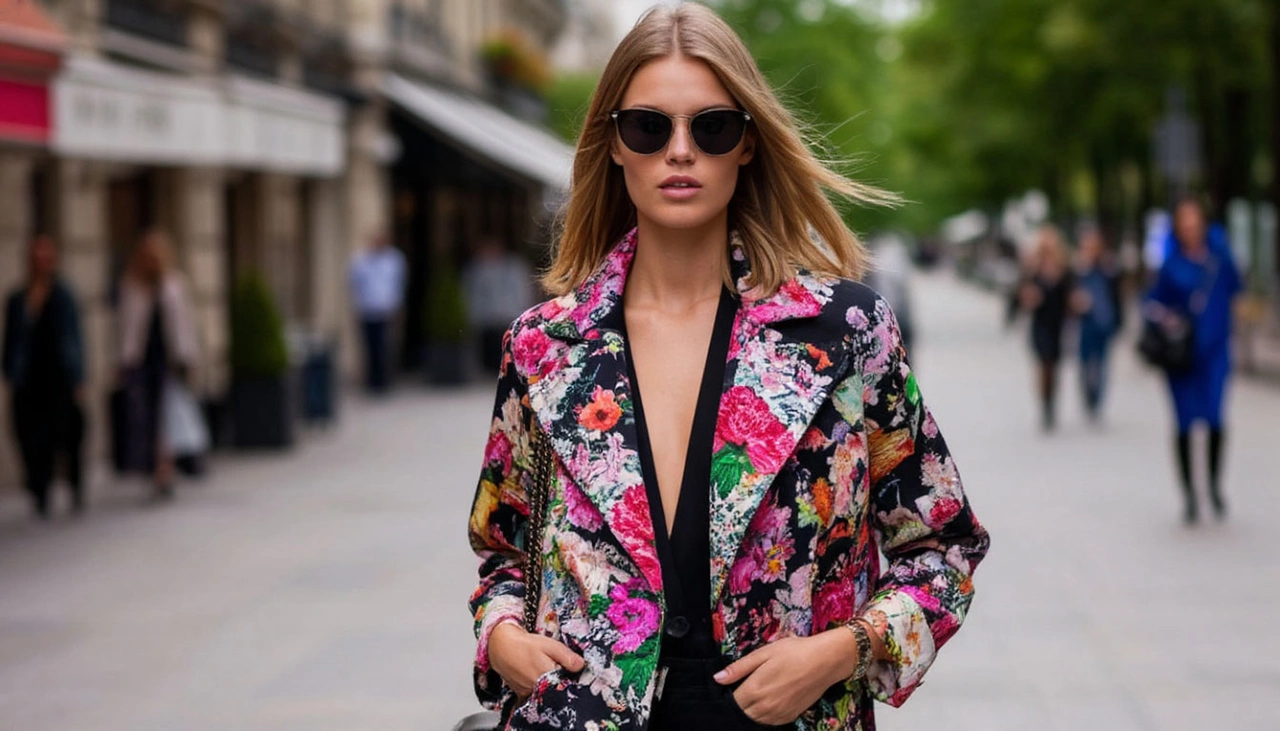The Year Fashion Decided to Slow Down
If I had to choose one word to define fashion in 2025, it wouldn’t be “bold” or “futuristic.” It would be “aware.” This year, more than ever, the fashion world isn’t just about what's on the runway — it’s about what it means to be on that runway. What it means to wear clothes in an era of climate anxiety, identity fluidity, and digital saturation. And the answers aren’t always easy, or beautiful. But that’s what makes 2025 such a fascinating year to be watching fashion closely.
Let’s start with the pace. After years of hyper-acceleration — drops every week, microtrends born on TikTok and dead within a month — we’re finally seeing something unexpected: slowness. Major brands like Loewe, Bottega Veneta, and The Row are leaning into timeless silhouettes, craftsmanship, and materials that tell stories rather than scream for attention. Quiet luxury isn’t just a buzzword anymore; it’s a philosophy. Even houses like Balenciaga, once famous for provocations, have begun to whisper instead of shout.

There’s a reason for this. Consumers in 2025 are burnt out. They’re tired of chasing trends and building wardrobes that expire faster than a smartphone. Gen Z — the generation once accused of destroying fashion norms — is now leading a movement towards intentionality. Thrifting isn’t just cool; it’s cultural currency. Re-wearing outfits is no longer a faux pas but a flex. And AI-generated personal stylists, integrated into smart mirrors or apps like Vesta, are helping people curate rather than consume.
But don’t mistake this shift for boredom. If anything, 2025 is the year that proved minimalism can be thrilling. Take the Fall/Winter shows in Paris: Valentino's sculptural coats in deep forest green, or Rick Owens’ unexpectedly romantic take on utility wear. These weren’t just garments — they were quiet rebellions. Clothes that spoke to our craving for meaning in an increasingly artificial world.
Which brings me to the digital. We’ve reached a strange point in fashion’s love affair with tech. The metaverse, once hailed as the next frontier of runway and retail, feels oddly passé in its first iteration. Digital-only fashion shows now compete for attention with hybrid events that combine tactile installations, VR immersion, and physical spaces that blur reality. Take Copenhagen Fashion Week's collaboration with environmental artists: models walked through living ecosystems, reminding the audience that fashion still belongs to the earth, not the cloud.
There’s also a noticeable softening of aesthetic codes. Gender-fluid fashion isn’t revolutionary anymore — it’s normalized. And yet, it’s evolving. Instead of “de-gendering” fashion, many young designers are reintroducing traditionally gendered elements in new contexts. Think lace on workwear, suiting reimagined with corset structures, or sneakers built with ballerina poise. The message? Gender is not erased; it’s expanded.
Another shift that feels emblematic of 2025: the return of the emotional narrative. Clothes are once again telling stories — not just in marketing campaigns, but in their very fabric. Nigerian designer Tolu Olowo’s collection “Inheritance” used textiles passed down through generations, each piece woven with memory. Meanwhile, New York’s underground label W//OVEN created a line based on collective grief, embedding community-submitted voice notes into the seams of garments. It’s conceptual, yes — but also deeply human.
And of course, no 2025 fashion analysis would be complete without mentioning sustainability. But here’s the twist: the conversation is no longer just about materials, but about systems. Circular fashion is getting real — not just through upcycled denim or biodegradable buttons, but through entirely new ownership models. Subscriptions, rentals, peer-to-peer fashion swaps. Even fast fashion giants like Zara and H&M are now investing heavily in repair services, incentivizing customers to fix instead of throw out. It’s not altruism; it’s survival.

In the end, fashion in 2025 feels like a meditation. Less performance, more presence. Less identity as spectacle, more identity as exploration. We’re dressing not to impress strangers, but to recognize ourselves — or sometimes, to hide, rest, recharge.
I won’t pretend it’s perfect. The industry still has enormous blind spots: size inclusivity remains inconsistent, labor rights in global supply chains are still violated, and the obsession with novelty hasn’t fully disappeared. But there’s movement. There’s awareness. And there’s something rare: restraint.
In a world constantly demanding more, fashion in 2025 is asking a radical question: what if less is finally enough?
Close